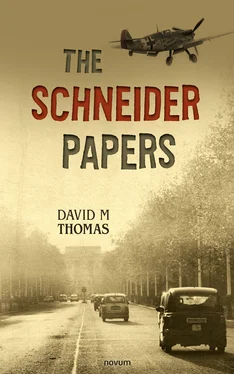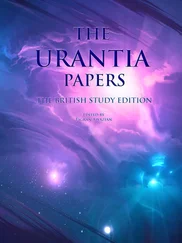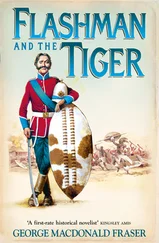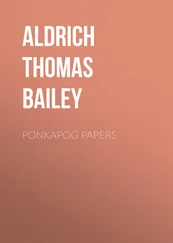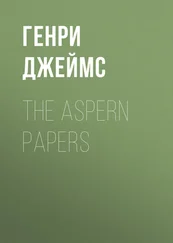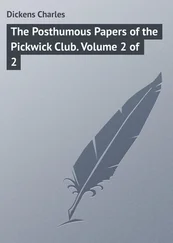By a pavement florist stand he stopped half turned and dropped on one knee to fiddle with a shoelace, whilst using the pots of flowers as half cover. No following beige coat spotted. He got up, picked up his suitcase with a flurish and continued briskly southwards, loosing himself amongst the home-going crowds.
Mason followed the same surveillance formula in the Anhalter. This is a bigger station, built to accommodate the travelling needs of the greater Berlin surburbia. In he went, partially circumnavigating the mass of office workers desperate to catch trains that had just departed or were about to. The more frequent the train whistles the harder the commuters pushed and jostled for the ultimate goal: a homebound seat, with the evening edition of the Berliner Abendblatt as the preferred relaxant.
The station had a connecting tunnel to the Excelsior hotel opposite for the convenience of departing and arriving guests. It ran underneath the Königgrätzer. Again, working against a now less dense human tide, Mason climbed the tunnel steps into the lobby of the vast and impressive Excelsior, one of the largest hotels in Europe. All that is required by the discerning guest was here, from its multi-national themed resturants to ticket agencies and sauna parlours. Its very own bakery fed the multitude of guests and passing restaurant trade.
The lobby area proved as good as a railway station, co-mingling guests and the added bonus of numerous single men in grey suits with briefcases and suitcases going about their business; the perfect stage for loosing an unwelcomed follower. He acted the part, the business man walking brisky and business-like, glancing at his watch as an added emphasis of an important executive on his way to an important meeting. He walked round the corner to the long reception desk, deliberately not meeting or acknowledging eyes, then slipped through an unlabelled door, a service exit which led to a crossroad of service corridors. A window looked out directly onto an alley. He left the Excelsior via the tradesmen delivery alley, turned left, and the last port of call was his hotel.
St. Ermin, a tourist hotel, was next to its namesake church, located practically behind the Excelsior. The lobby decoration theme was that of a hunting lodge. Dark wood, he assumed mahogany, but probably varnished oak, with various mounted trophies of heads of African animals and even a framed hind leg of a long legged beast hung on the white emulsion wall behind the reception desk. A reproduction portrait of Der Führer, however, took centre spot over the reception desk, keeping a fatherly eye over the lobby. King of the jungle. Mason looked around; mounted black and white photographs of long dead hunters standing or kneeling next to equally dead safari beasts. To the left of the double-door entrance was a big black bear in a sleepwalking pose, with red glassy eyes standing guard. It wore an impressive mayoral chain with an engraved brass plaque: Shot in Lech Valley, Tirol 1894.
The reception counter itself was inaccessible due to two pairs of tourists discussing the best and cheapest way to get to the Zoological Gardens. The concierge, being a Berliner, thought he knew the answer, or even answers to interesting tourist routes ending up at the Zoo. After listening impatiently to repeated travel advice from the now-weary concierge, the tourists discussed the merits of tram versus bus and even, possibly, the S-Bahn with the concierge and then amongst themselves, then back to the concierge for clarification. The couples were in that exuberant state of mind only known to tourists in a strange city with the freedom to see and explore; and with the whole evening and night, and even days, before them. Not really interested in how they would get there, if at all; it was the excitement of the chase. Some of the wall-mounted exhibits would not totally agree with that sentiment. Herr Madden, aka Mason the bystander, the patient man, spotted an umbrella stand made out of a hollowed elephant foot. He thought, and smiled to himself; wouldn’t it be fun to introduce himself to the receptionist in Swahili.
His room was a pleasant surprise. The Air Ministry had used a travel agency to get him the airline tickets and a hotel room. The booking had stipulated a single room, but the receptionist, with great pleasure, had blessed him with a three quarter bed, as it was described. This was obviously meant for two anorexic people lying touching each other. There was a narrow writing desk and matching chair underneath the window overlooking Hedemannstrasse, the street from which he had entered the hotel. Opposite the bed and against the wall stood a narrow single wardrobe and a sideboard with a pot of fresh chrysanthemums. Nice touch. Hotel rating upgraded from adequate to fine, he concluded. Bathroom was down the corridor on the left.
After a turn in the bathroom, refreshed, and a change of shirt, he laid down on the bed thinking of the day. The mysterious duo situation was high on the list. Had he been mistaken about the beige apparition in the newsagent window? He thought not. Apart from the boys in blue, who else would know of his mission? Cartwright and the Foreign Office obviously, and, he remembered, that Nixon chap in the continental suit? But why follow him, and so obviously?! Insoluble right now, he decided. Therefore a waste of time concocting scenarios. Wait and see what develops, and then as an addendum to his thoughts, be careful, he advised himself. Thinking of developments, he decided to contact this man Lefoy, the ringmaster.
Chapter 9: New York: Tuesday, September 22nd 1936
While Harry Mason was flying over Zeebrugge and enjoying his fish-paste and meat sandwiches, Edward ‘Ed’ Guthrie had boarded a train at Fairfield Connecticut. Guthrie, a tall slim man, wore a light summer beige suit with a matching striped brown and light green cotton tie anchored by a plain silver tie clasp. The commuter train was nearly full. Three more stops and about forty-five minutes to go. He found a window seat and nodded to fellow passengers whom he had never spoken with, but recognised after five years of faithful rail commute with the same inbound souls on the 6.47am EST to Grand Central Station. Ed had given up carrying a briefcase a long time ago; if he needed something to read on the journey, then he’d carry it. Work related material was kept at work. Ed was of the thinking that if he needed to bring the office home then he’d sooner go live in the office. A fastidious man, a naturally optimistic man, a family man and churchgoer. Ed hailed from a small town north of Dallas, the evangelical protestant belt of north-east Texas. He also worked for Standard Oil of New Jersey.
Ed usually walked from the station to the office. The morning was blessed with fine weather, scattered clouds and the feel of autumn in the air. Barring driving rain and the sometimes violent horizontal wind due to the Manhattan skyscraper effect, he enjoyed the walk, and today it ended too soon. He entered the foyer of his office building and walked towards the elevator banks. The start of another good day.
In May 1911, the Supreme Court ordered the dissolution of Standard Oil Company, ruling it was in violation of the Sherman Antitrust Act. Standard Oil Company of New Jersey was the heir to the older company. This marvel of the western world, with interests in the richest oil fields in the Americas, and outstretched fingers collecting the biggest revenue of any corporation under the sun, neither explores, produces, refines, transports, nor markets a single drop of oil. It is too big to be concerned with such workaday affairs.
Jersey, as it folksily calls itself, is a holding company; its function is to think, and plan. By 1936 it controlled over 250 companies. Through its subsidiaries Jersey does about a fifth of the world’s oil business and does it around the globe. Modestly, Jersey employs less than 600 people and is able to house them comfortably at 26 Broadway, New York City. The building is topped by a pyramid, modelled on the Mausoleum of Maussollos in Turkey. At the time of completion in 1928, the pyramid was the tallest tower at the southern tip of Manhattan, and was illuminated as a beacon for ships entering the harbour. Behold the perspective of Standard Oil of New Jersey.
Читать дальше
